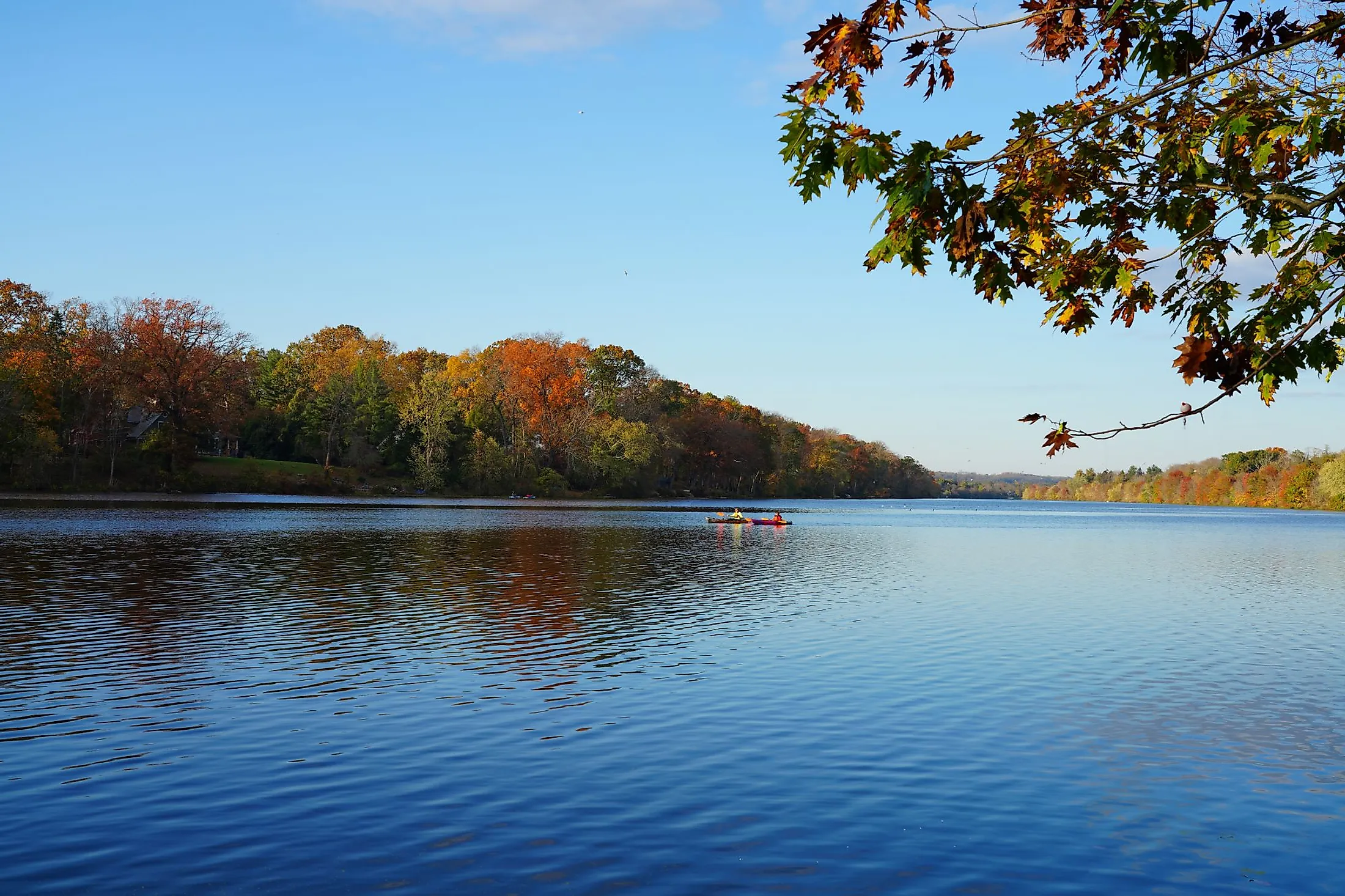
Lake Carnegie, New Jersey
The far northeastern portion of Princeton Township, New Jersey, is home to Lake Carnegie, a man-made lake created by a dam on the Millstone River. Along the lake's eastern shore is where the Delaware and Raritan Canal and its associated tow way are located. Carnegie Lake is privately owned by Princeton University. The lake is accessible to the general public for boating, ice skating, and fishing, unlike the majority of private lakes. One of Princeton's most open and natural settings, this lake that encircles the southern part of campus serves as a resource for the University and the local community as well as serving as a haven for animals. The lake was created in 1906. Businessman and philanthropist Andrew Carnegie made it, especially for the Princeton rowing team. Each island in Lake Carnegie is placed roughly a half-mile apart and spans the water's surface from Stony Brook to Kingston. The Lake Carnegie Historic District was first listed in 1990.
Geography Of Lake Carnegie
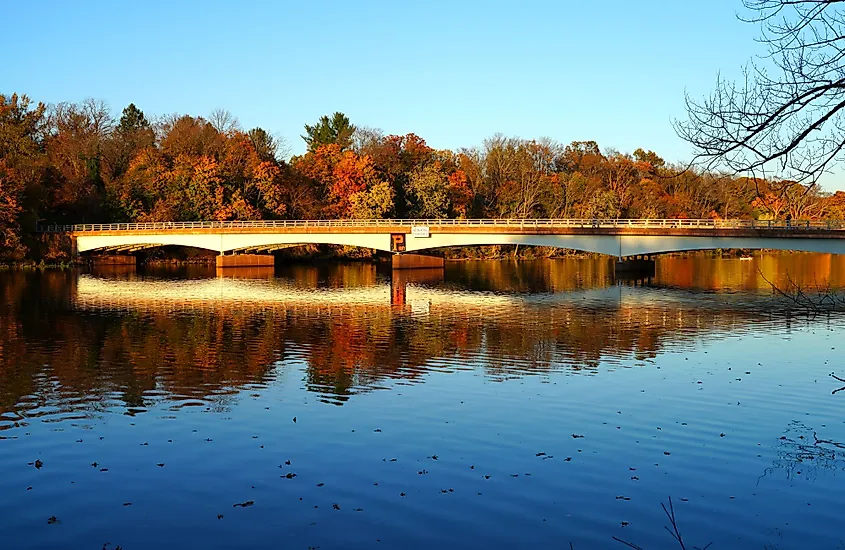
The lake is narrow. It stretches for almost four miles and curves away from the university in the direction of Kingston, New Jersey. Lake Carnegie is one of the smallest lakes in Princeton, New Jersey, with a total size of 238.7 acres. The average depth of Carnegie Lake is barely 4 to 6 feet, despite the fact that it has been dredged numerous times throughout the years. However, there are still a few locations where depths of at least 8 feet are accessible. The lake is approximately 800 feet across at its broadest point, and the dam is where it is widest.
Brief History Of Lake Carnegie
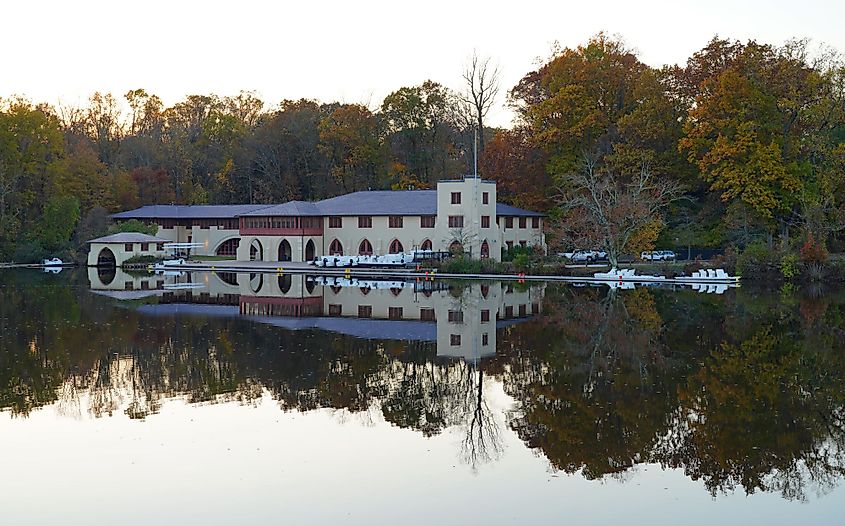
The Princeton University varsity crew used to row on congested Delaware and Raritan Canal alongside commercial shipping before the lake was built. The group had talked about wanting to build a lake in Princeton, but no plans ever materialized. Philanthropist and businessman Andrew Carnegie, who founded Lake Carnegie, provided the money at the request of Howard Russell Butler, a portrait artist for whom Carnegie posed in 1902 and a member of the Class of 1876. The lake, which was funded by and bore the name of Andrew Carnegie, was built to spare the University crew team from practicing on the busy freight-filled Delaware and Raritan Canal.
Butler informed Carnegie that a lake could be built for $118,000 (about $2.5 million in today's currencies) after consulting with a New York engineering firm. The total cost would be around $450,000 (around $9.5 million today). Working via a local agent, Carnegie started purchasing land in 1903, and by 1905, all the required acreage had been acquired. Crews then got to work clearing the ground, building bridges, and building the dam. The lake was officially established on December 5, 1906. Initially owned by a nonprofit corporation, Lake Carnegie was handed to Princeton University in 1934.
Wildlife
Numerous bird species are drawn to the lake throughout the year due to the fish, open water, and nearby trees. The lake is home to a mute swan, Canadian geese, a great blue heron, a ring-billed gull, and double-crested cormorants. Around the lake, you can also see red-winged blackbirds, downy woodpeckers, egrets, mergansers, and bald eagles. Largemouth bass, carp, pickerel, crappie, channel catfish, and sometimes a few rainbow and brown trout that enter Carnegie Lake from Stony Brook are among the fish species.
Environmental Threats
The lake's safety levels have dangerously declined because of years of pollution. The water quality of Carnegie Lake is being worked on. Lake Carnegie has a history as a site where people go ice skating in the winter since it was established in 1906. But in recent years, the lake has only occasionally frozen, making it impossible to play hockey or other winter sports like skating. The shallow depths of Lake Carnegie and the upstream urbanization have reportedly harmed the lake's water quality in the past. Rapid sewage deposition from adjacent municipalities, where the expansion of treatment facilities had lagged behind the rapid population growth, was another issue that the Millstone River had to deal with. In its 100-year history, the lake has undergone three dredging operations. The Stony Brook watershed has been targeted for reduction, and upstream cities have improved wastewater treatment infrastructure. On excessive lake fish intake, a mercury hazard warning is still in effect.
Things To See And Do At Lake Carnegie
Trek The Trail
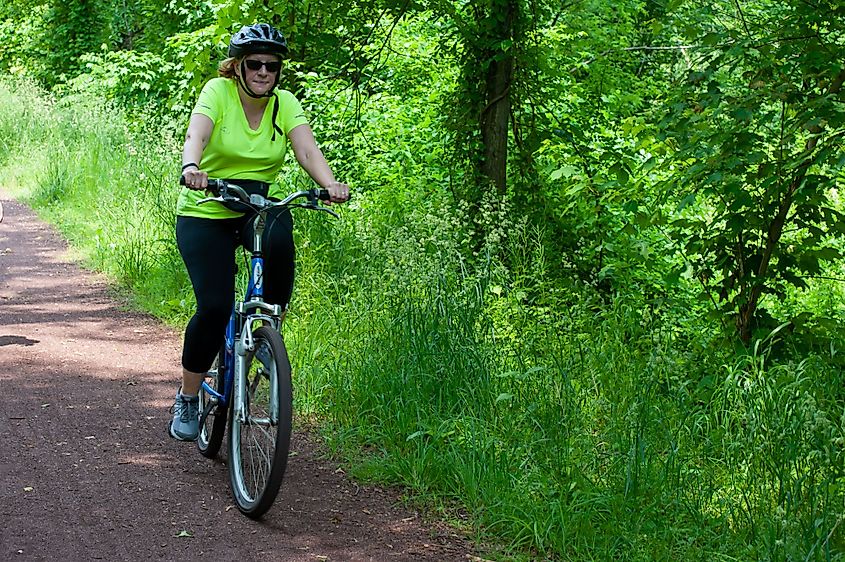
Go to the lake's east bank for a hike at the 70-mile-long multipurpose Delaware and Raritan Canal State Park Trail.
Visit The Princeton Battlefield State Park
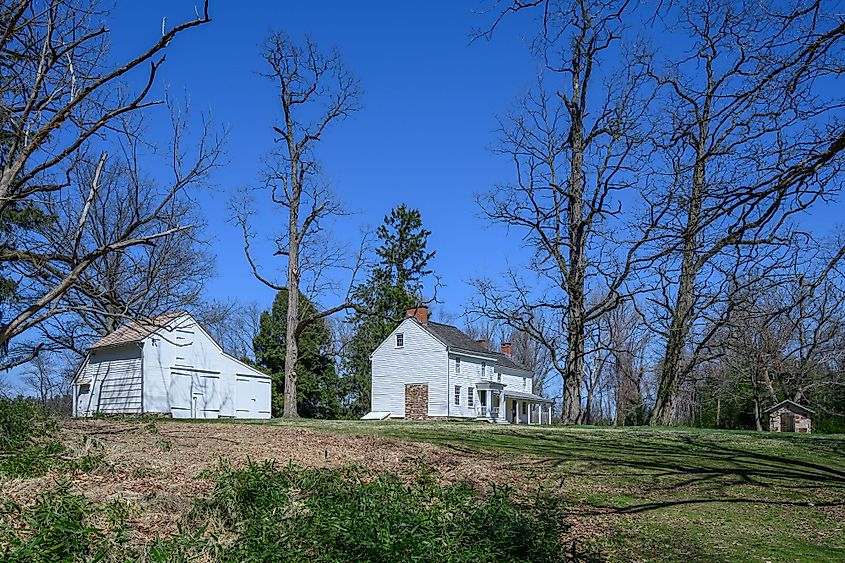
One of General Washington's greatest victories, the Battle of Princeton, took place just south of the lake. The Clarke House Museum and a stone patio honoring the remains of the 21 British and 15 American troops who died here are both located in the Princeton Battlefield State Park. The Clarke House Museum is a renovated farmhouse that is outfitted with memorabilia from the American Revolution and military displays. There are numerous walking paths and self-guided tours in the park.
Visit The Washington Crossing State Park
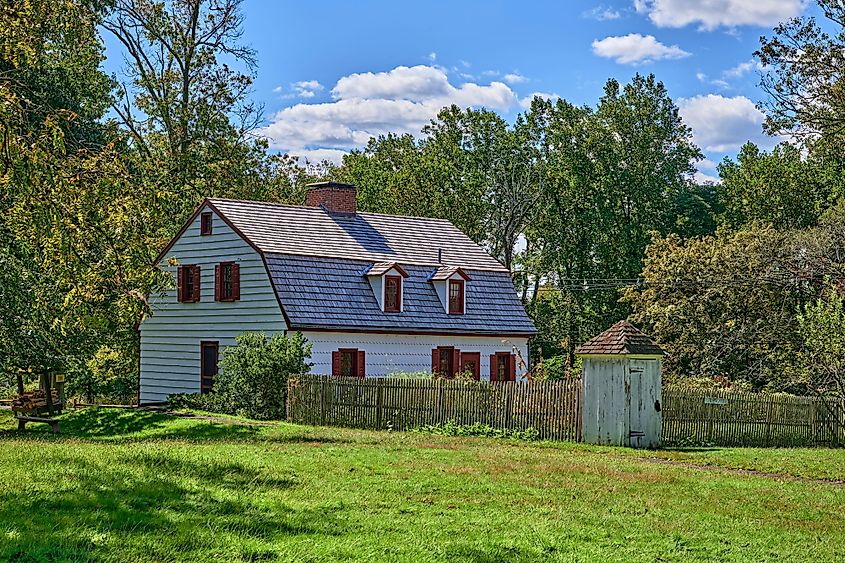
A few miles apart from Lake Carnegie, Washington Crossing State Park is the destination where Washington's troops tried to cross Delaware on Christmas night, 1776. The historical park is well-known for its extensive network of hiking paths and variety of wildlife. The Visitor's Center is open all year long and has a variety of displays that highlight Washington's regional military campaign.
One may compile a list of one's personal favorite things to do and unique viewpoints to see as one gets to know this hidden New Jersey treasure. Lake Carnegie is a wonderful getaway to spend time with your family. So, make sure to add this lake to your bucket list.










